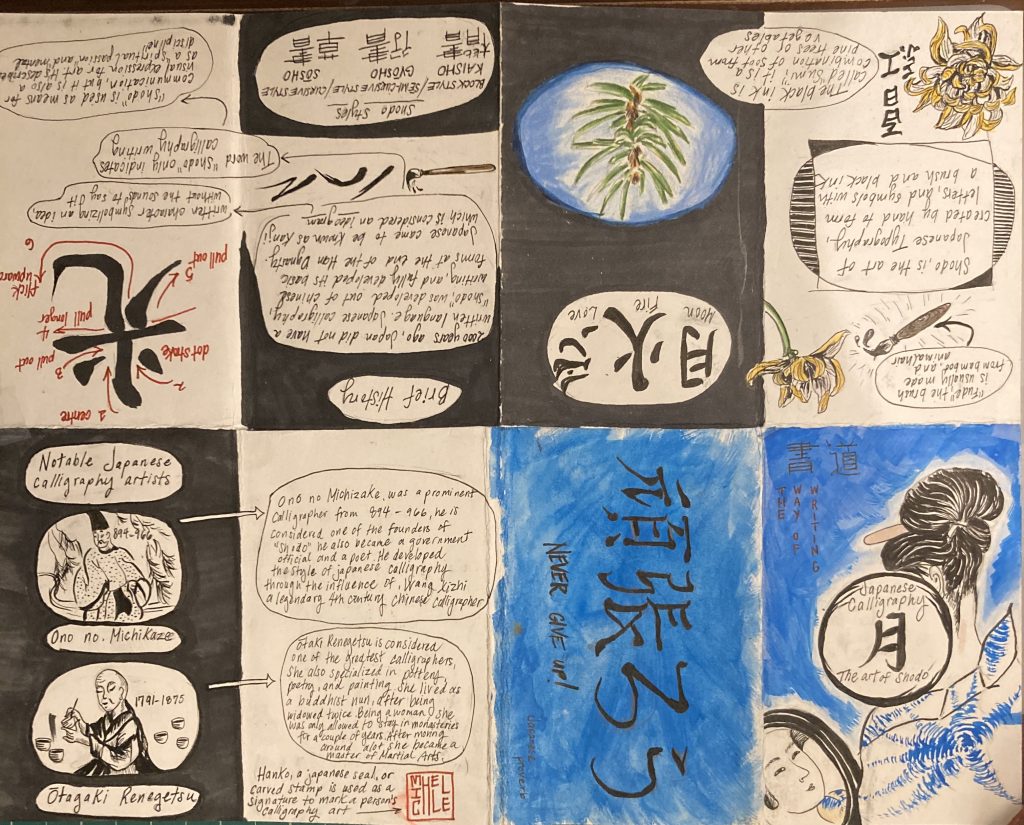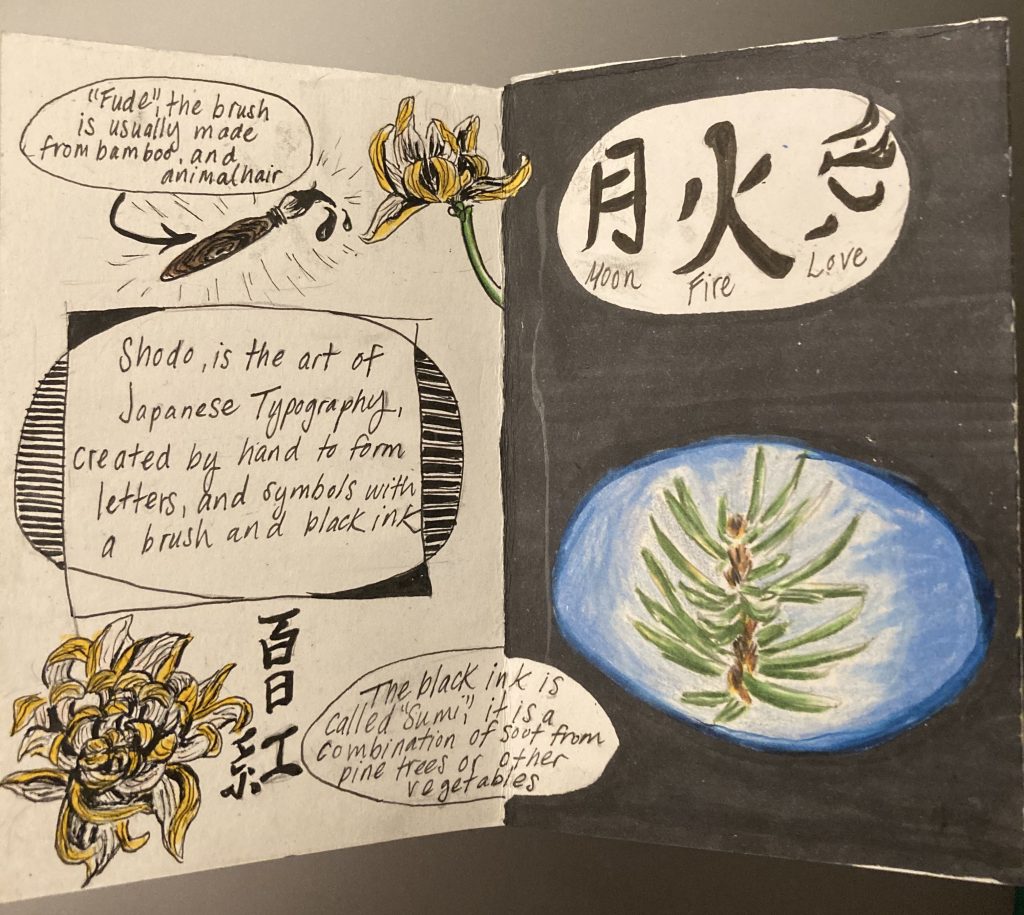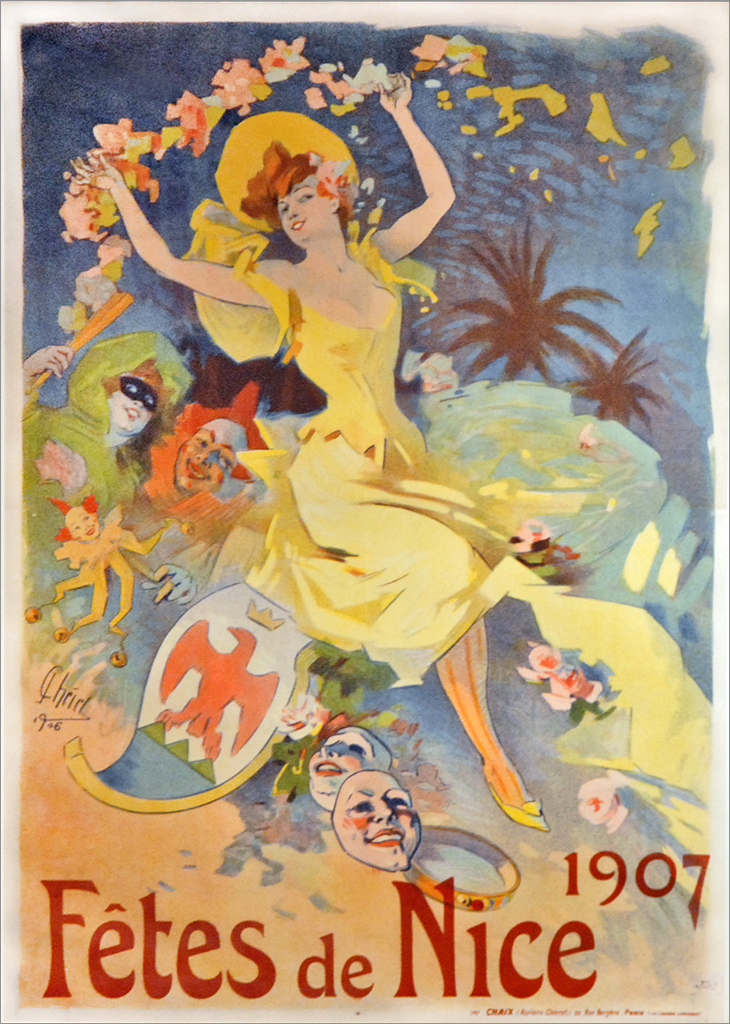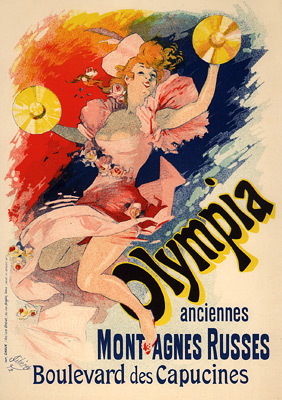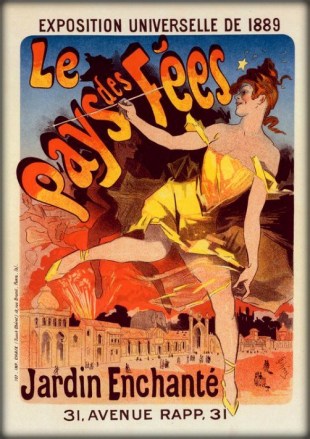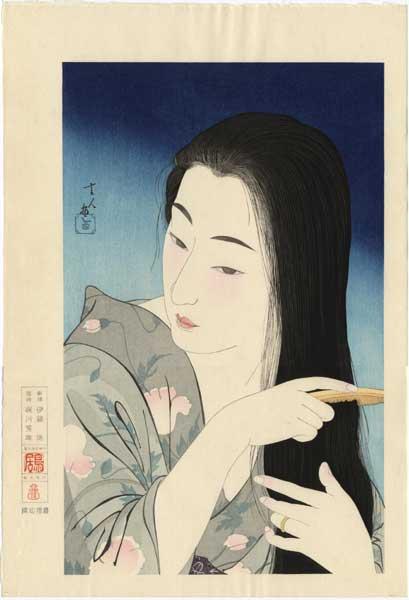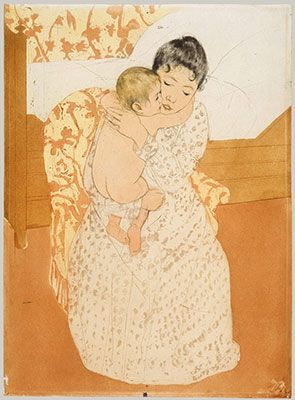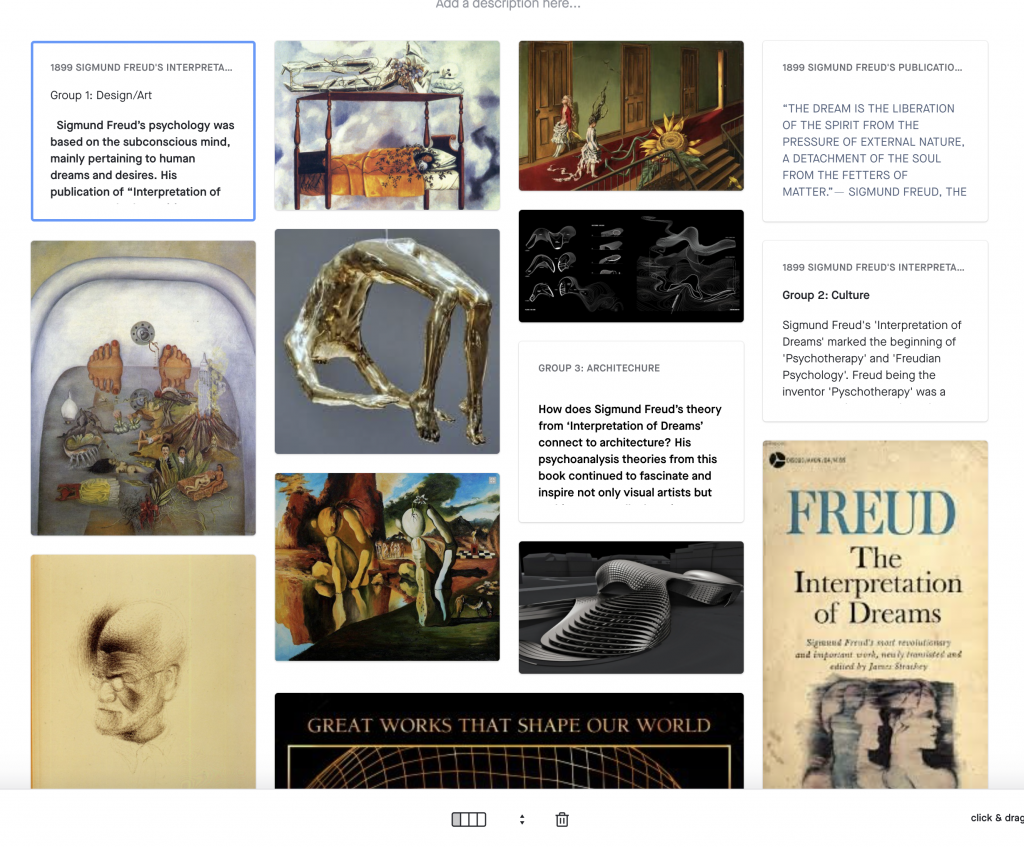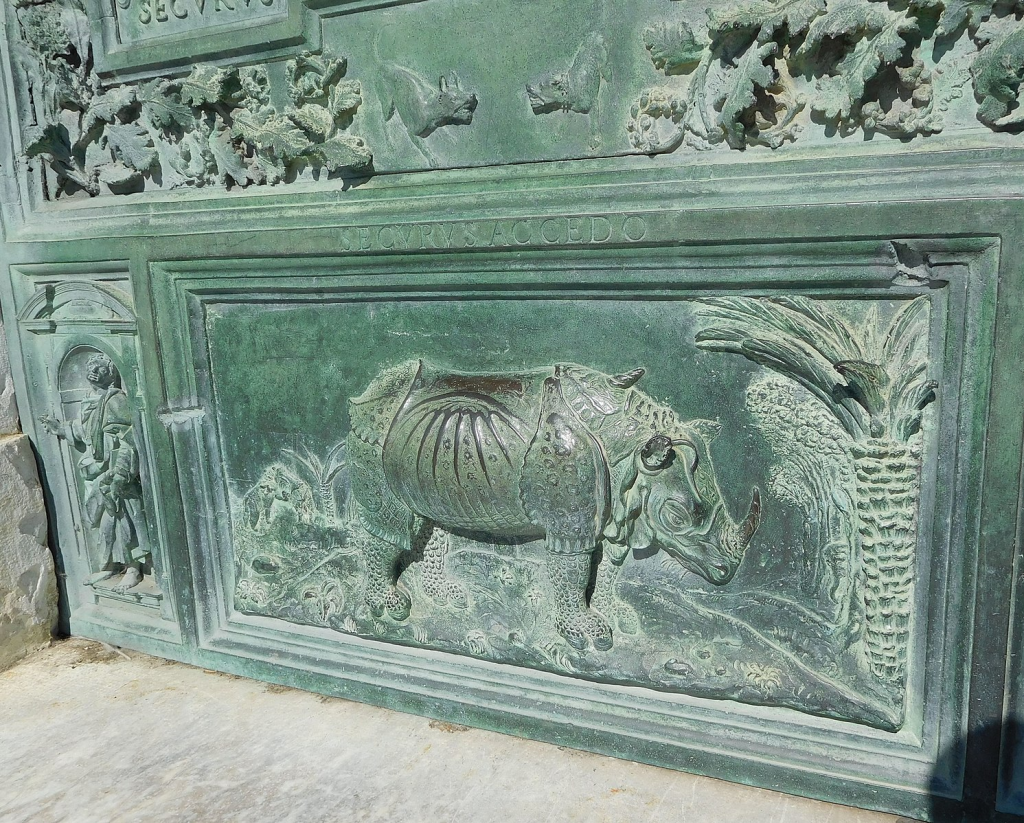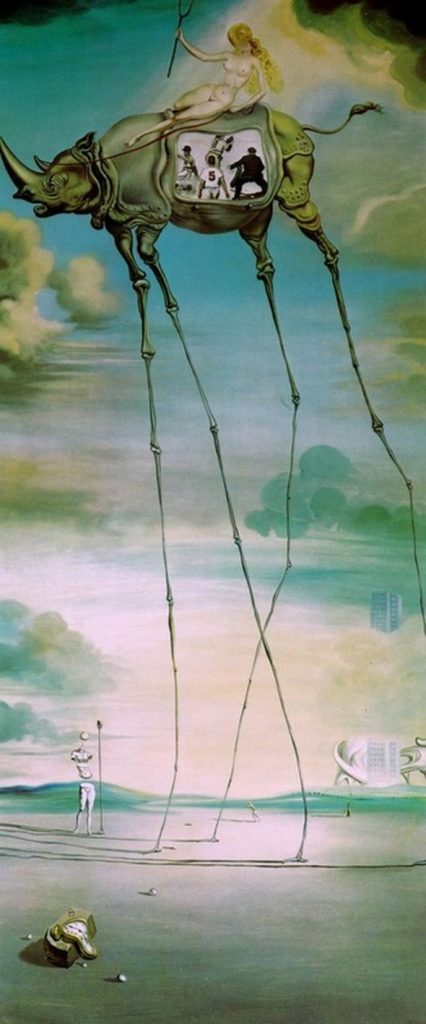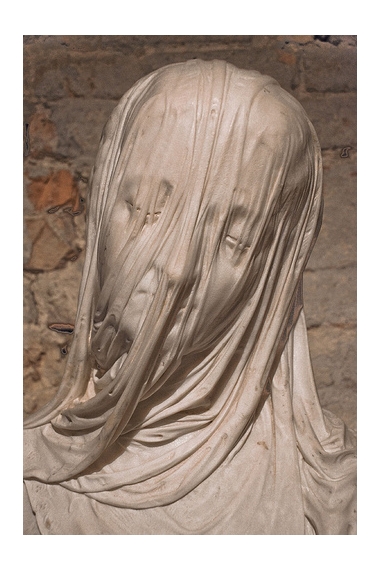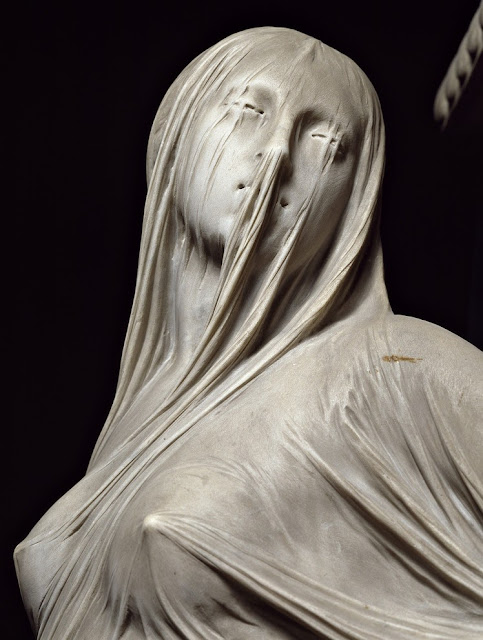Edward Robert Hughes
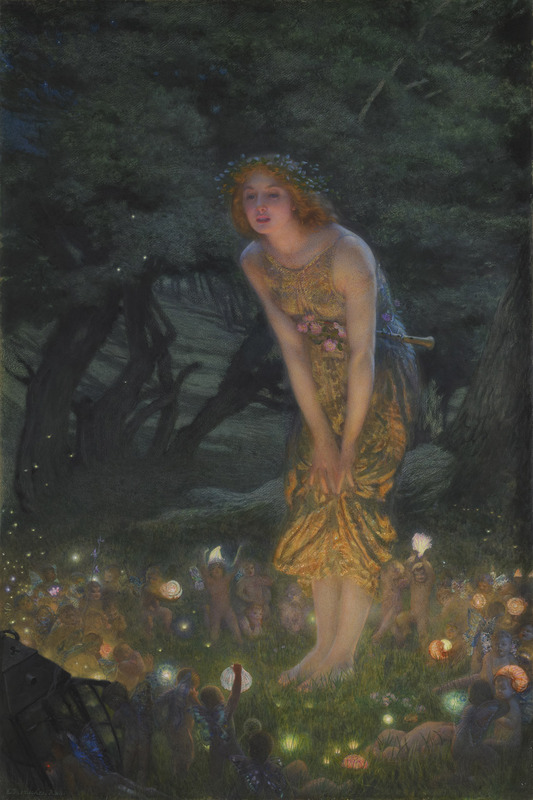
Edward Robert Hughes is a British pre-raphaelite painter. He was born into a family associated with the pre-raphaelites brotherhood, his uncle, Arthur Hughes became acquainted with the founding members, John Everett Millais, Holman Hunt, and Dante Gabriel Rosetti however he was never an official member. Edward Robert Hughes would become a pre-raphaelite artist himself after being influenced by his uncle. After developing his style he became a studio assistant for one of the pre-raphaelite founding members, William Holman Hunt who was an elder at that time. Holman Hunt later succumbed to Glaucoma, that was when E.R Hughes made significant contributions to finalize this painting.
Edward Robert Hughes is known for his alluring paintings of mythological themes, that exhibit faerie, and other fantastical beings. He works predominately in watercolors, he also specializes in oil paintings as well.

The Light of the World by William Wolman Hunt
This is not an original painting of Edward Robert Hughes but it is significant because he is accredited to helping a pre-raphaelite founding member, William Wolman Hunt finish this piece due to his complications with glaucoma. It is a condition that can permanently damage vision loss. or blindness.
“Valkyrie’s Vigil”

“Valkyrie’s Vigil” is a beautifully rendered watercolor painting. Which is incredibly impressive. I personally find watercolors one of the most challenging mediums, because it is difficult to control the fluidity of water, and it is hard to correct any mistakes. It is also challenging to achieve a range of depth and shade compared to mediums like oil and acrylic. Looking at this painting I am astonished because this looks like an oil painting. The painting has a beautiful luminous translucent effect to it, which I think is hard to achieve with watercolors. When I see how smooth the fleshtones and the texture of the fabric look I am baffled. Because it’s hard to imagine how this was executed.
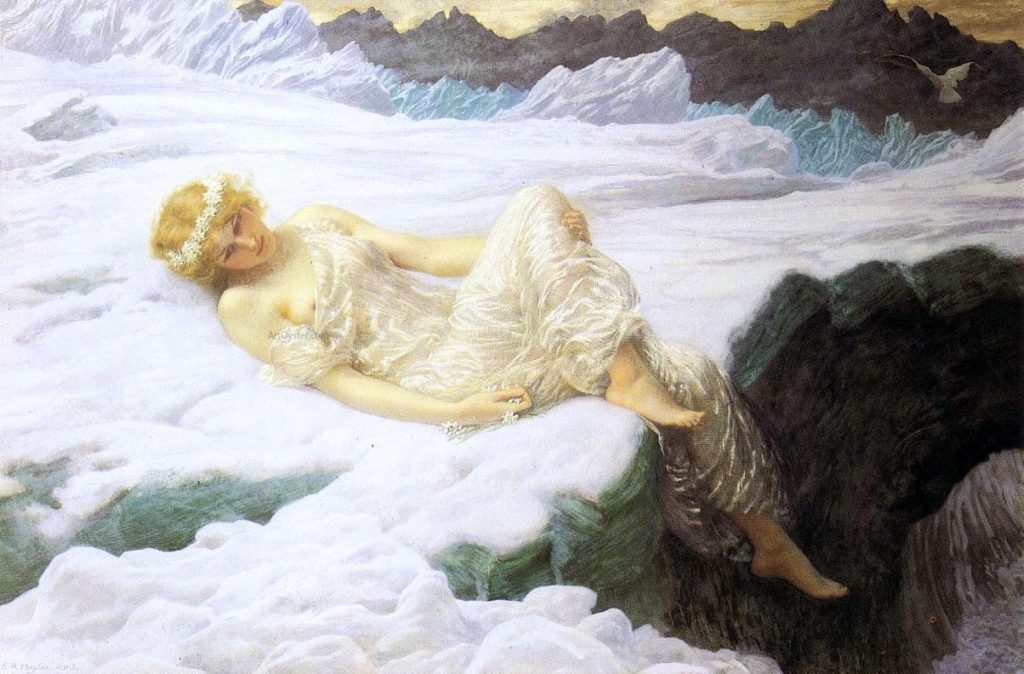
“The Weary Moon”
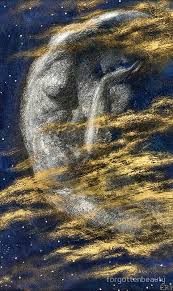
What I absolutely adore about Edward Hughes’s paintings is the ethereal essence that is captured with his soft and tender brushstrokes. However this painting of “The weary moon” stands out because is quite different from the rest of his stylized paintings. His paintings usually display figures at the forefront with expressions conveying soothing tranquility. Instead, this painting exhibits a sorrowful human figure. It is evident by the gesture of the palm which cups the face of disappointment, or someone trying to conceal their face. I am not sure why I would consider this piece one of my favorites compared to all the other paintings which have a much advanced, detailed, and realistic element to them. This painting is absent of fine renderings which are common in his works, but I like this stylistic approach of rough strokes which seems to encapsulate the emotion of this painting. Perhaps it is reflective of the person’s psyche.
“Dream idyll a valkyrie” or “A Witch”
“Dream idyll a valkyrie” or ” A witch” is perhaps my favorite painting of Edward Hughes. Another aspect I appreciate from Edward Hughes is his secular ideas and themes for his paintings. He predominantly depicts many women in mythological, angelic, and ethereal forms. Although this painting portrays a witch perched on a pegasus. Witches are typically seen as vile or ungodly, yet she still looks like a divine celestial goddess. This painting also demonstrates great value for perspective, with an aerial view of the city down below. When I look at these paintings I get a sense of dream-like euphoria. This type of feeling gives me the desire to live in this sort of universe which is non-existent in our reality. I often get deja vu when I observe paintings, perhaps it triggers a subconscious memory from my dreams.

source:
https://en.wikipedia.org/wiki/Edward_Robert_Hughes
Image source:
https://www.tuttartpitturasculturapoesiamusica.com/2013/01/edward-robert-hughes.html
